Unlocking Efficiency of Product Lifecycle Management
By Sanjay Puri, CEO, C1 India
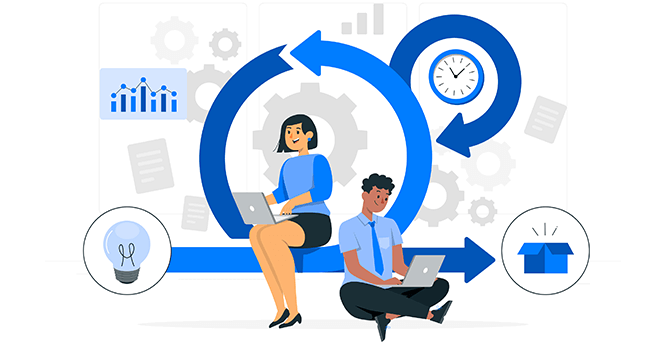

According to the market research report by Fortune Business Insights, product life cycle management (PLM) market size stood at USD 16.76 Billion in 2018 is expected to reach USD 26.73 Billion by 2026, exhibiting a CAGR of 6.3% during the forecast period.
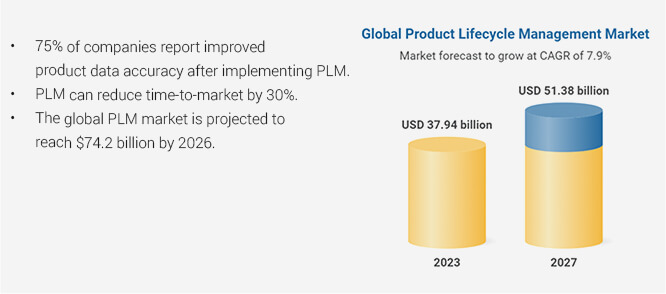
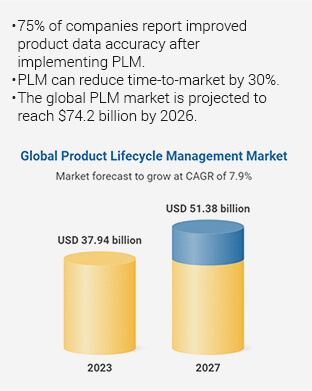
Let's embark on a journey of understanding what PLM is, the significance of PLM software, the five key phases of product development, and why C1's PLM software stands out as the solution of choice.
Understanding Product Lifecycle Management (PLM)
Product Lifecycle Management, or PLM, is a strategic approach that focuses on managing the entire lifespan of a product from its initial concept to disposal. It encompasses every aspect of a product's journey, including design, development, production, and end-of-life considerations. The primary goal of PLM is to maximize product potential, reduce time-to-market, cut costs, and enhance product quality.
The Role of PLM Software
At the heart of effective PLM lies powerful PLM software. This software acts as a centralized hub, connecting cross-functional teams, streamlining communication, and ensuring data consistency throughout the product's lifecycle. It provides a collaborative platform where stakeholders from various departments can work together seamlessly, sharing information, making informed decisions, and tracking progress in real-time.
The Five Phases of Product Development in PLM
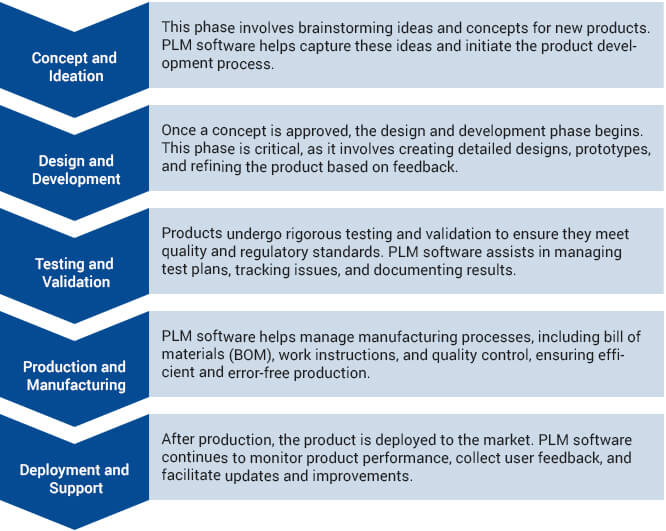
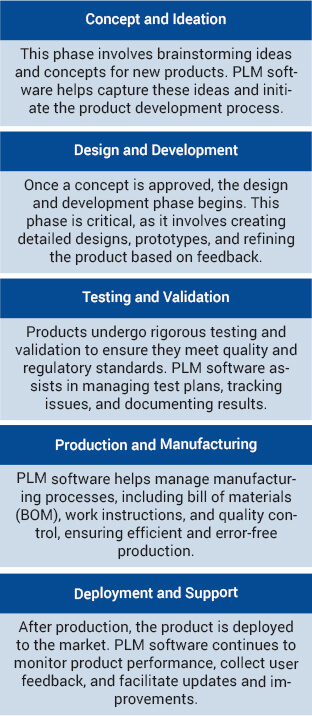
How PLM Systems Work
PLM systems work by integrating various data sources and applications used in product development. They provide a centralized repository for all product-related information, ensuring that stakeholders have access to the latest data. PLM software enables collaborative design, change management, and workflow automation, streamlining processes and reducing errors. It also tracks and manages revisions, ensuring product versions are well-documented.
Why Choose C1's PLM Software
C1's PLM software offers a comprehensive suite of tools to manage every aspect of the product lifecycle effectively. It's designed with an intuitive interface, making it easy for teams to adopt and use efficiently. Whether you're a small business or a large enterprise, C1's PLM software is scalable to meet your specific needs.
In conclusion
Product Lifecycle Management (PLM) is a strategic approach that, when combined with robust PLM software like C1's, can transform your product development process. By optimizing each phase of a product's journey, reducing time-to-market, and enhancing collaboration, C1's PLM software empowers businesses to innovate efficiently and stay competitive in today's dynamic markets
For any questions or recommendations, please contact ceo@c1India.com
